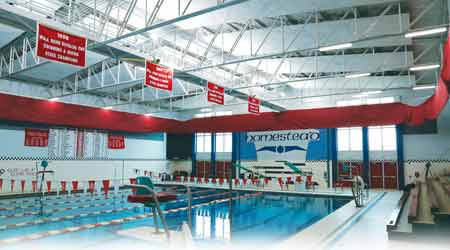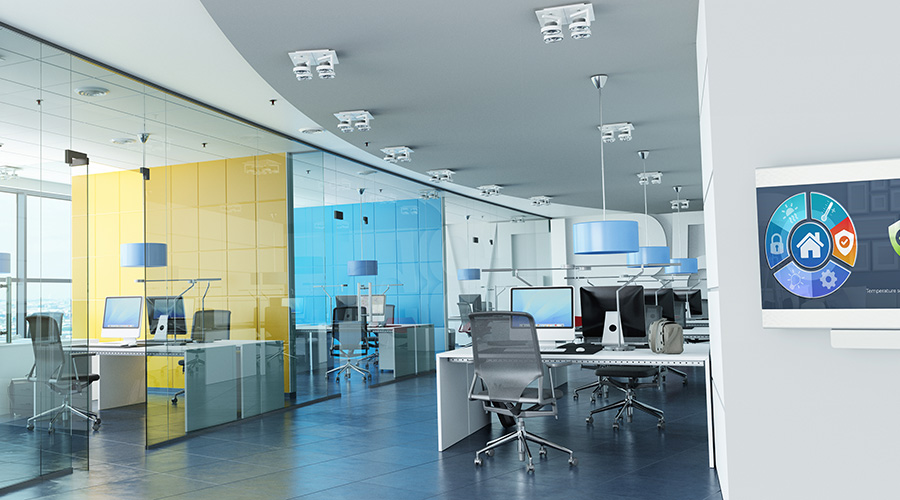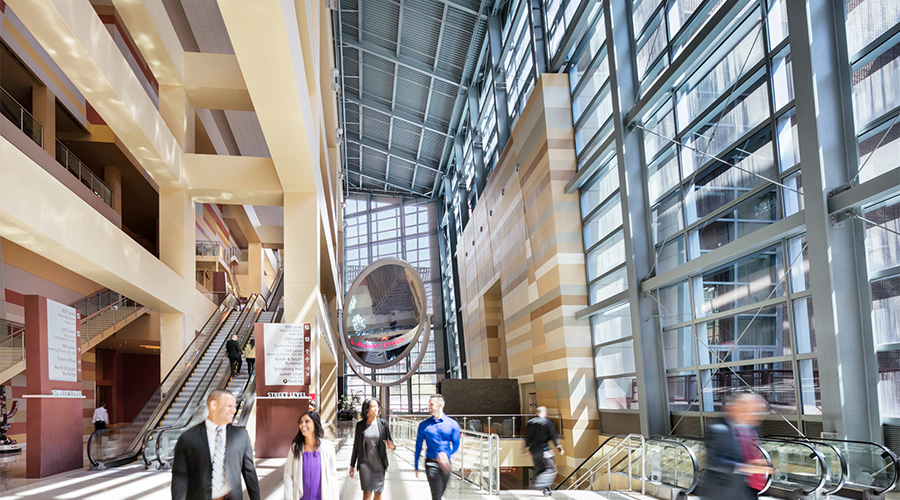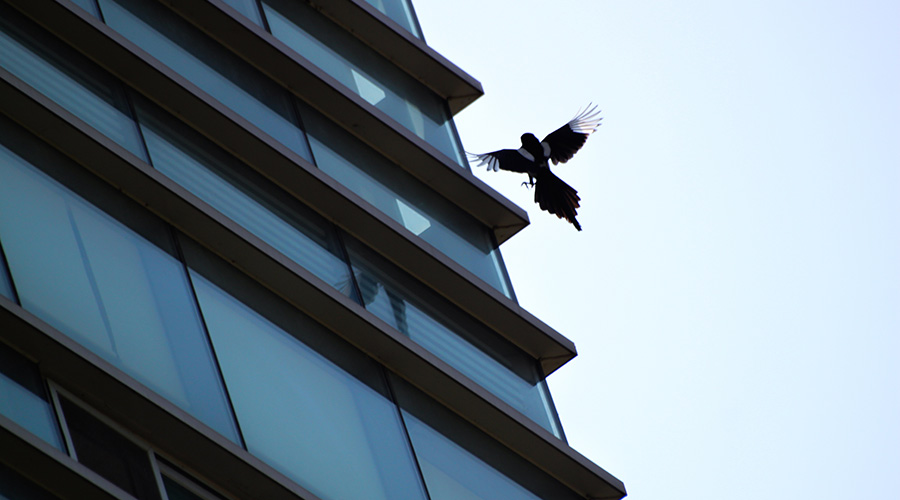LED Upgrade Benefits School's Pool
Part two of a three part series on LED lighting upgrades
Swimming in savings
The most complex LED upgrade the department has undertaken — and the one that generated the most savings — involved the nearly Olympic-sized swimming pool at the district’s Homestead High School. The condition and performance of the old lighting system, coupled with the many demands on it created by the pool’s heavy use, meant the stakes were high for the department.
“It’s in use from 5 a.m. to 8 or 9 o’clock every week night — rental clubs, morning swimmers, physical education classes all use it,” Thompson says. “The fire department practice emergency dive rescue and scuba diving in there. So when I first came in, I was looking for ways to improve things.
“The pool area had 44 400-watt high-pressure sodium lamps. For supplemental lighting, we had 100 T8 fluorescent lamps around the deck. With the combination of those high-pressure lamps and the fluorescent T8 lamps, we were using about 20,800 watts of power.”
The lighting system was failing to meet the school district’s demands for energy efficiency, and it was not delivering the kind of lighting the application required.
“The environment for learning suffered because of” the poor lighting, Thompson says. “We had about 9 lumens per square foot in there (before the upgrade). It was dull and dingy, and it wasn’t what we needed. We couldn’t keep the fluorescents working. Everything about it was just kind of haphazard. So we took those 44 400-watt lamps to 600K 100-watt (compact fluorescent lamps) in order to see if there was a way to bring down the power and still brighten the space. And it worked. We brought that watt spend down from 20,800 to 7,820.
“It’s a high-bay solution rather than the 400-watt lamps, and we reduced it from 44 light fixtures to 22. We also brought the wattage of each of those 22 (fixtures) to 185. I increased the wattage and reduced the number of fixtures. As for the pool deck, we replaced the T8 fluorescent lamps with screw-in LED 4-foot tubes. That took it from 32 watts down to 15. Overall, we were able to reduce the amount of wattage used on the pool deck from 20,800 down to 5,570 watts. That’s a 73 percent reduction in wattage from where we started.”
Completed in 2016, the project has delivered both savings and satisfaction.
“We’re ecstatic with it,” Thompson says. “We took a system that needed a lot of maintenance with a lot of people touching it and turned it into a rock-solid system that we don’t touch anymore. And it’s instant on. With the old lamps, you had to wait for them to warm up. Now it’s bright, it’s well-lit, and I can see to the bottom of the pool. The total investment to put the LEDs in was just over $7,000.”
A hands-on approach
Planning for the upgrade of swimming pool lighting included a hands-on approach from Thompson and his staff. The first phase involved specifying the lighting system components that would go into the application.
“One hundred percent of the product selection happened through our buildings and grounds office,” he says. “We worked with two different lighting suppliers. They gave us samples and we tested the samples. We really kicked the tires on this whole process before we made a decision on which way to go.”
The second phase involved the actual upgrade, which staff was heavily involved in as well — they did all the work in-house. How did technicians handle the upgrade work and their daily duties?
“We prioritized,” Thompson says. “We went from 44 lamps to 22, so when the guys had a little time, they’d go up and they’d knock out four (lamps). Then they’d go and do whatever else they had to do, and then they’d knock four more out. It happened over a month’s time, and the team really worked well together getting the whole thing done.”
Thompson’s strategies for successful management of LED upgrades includes a willingness to learn and change. “One thing we learned is to not get locked in,” he says. “There are a lot of different (LED) suppliers, and even though we’ve been happy with our initial supplier, the technology is changing almost daily.
“We brought in two other suppliers, and we’re testing their lamps right now to see if they’re right for our summer renovations. We’re making sure we’re staying on the cutting edge, so we’re testing some different products that we might use rather than just stick with what we’ve done.”
Thompson’s approach also involves an embrace of long-term quality and performance over low initial cost.
“You truly get what you pay for in the realm of LED lighting,” he says. “Some will say that they can get a 25 cent lamp from the local hardware store. But keep in mind that the drivers inside that lamp probably are not the same drivers that you’re going to get from a lighting retrofit company. That’s important because you want to be able the set these LED lights and not have to go back and revisit them for 10 years.
“All the lighting in our facility has a 10-year warranty, but some of the cheaper fixtures do not. For some of the cheaper fixtures, you also want to be sure they have the UL rating because there could be some fire hazards, as with any electrical components you put in a building.”
Thompson says he has used this emphasis on quality products to generate bottom-line benefits for the district. “You really have to do the work to find a good-quality product,” he says. “When you find that, then you can find two or three lighting firms that will start to bid against one another.”
Related Topics:

















